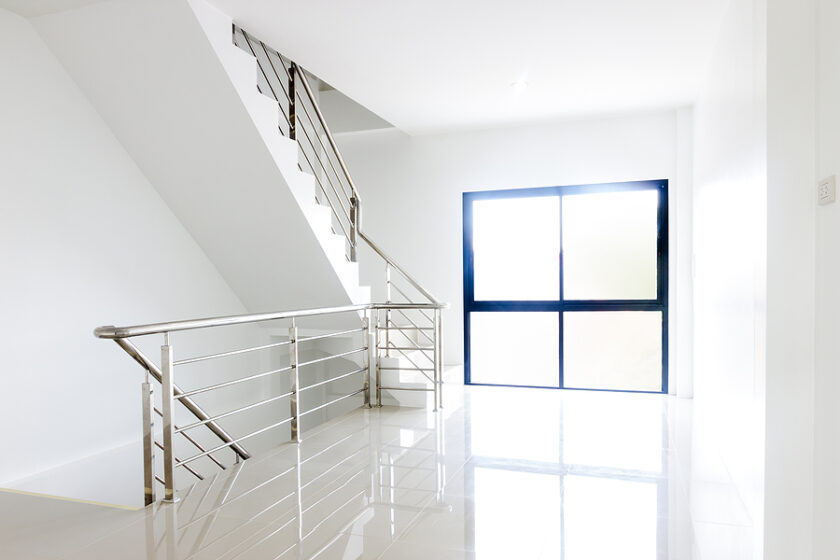
The Timeless Charm of Wrought Iron Balustrades in Modern Architecture
In the dynamic world of architectural design, certain elements retain their allure through the ages, and wrought iron balustrades are a prime example. Combining functionality with ornamental beauty, they bring a classic elegance to contemporary structures. This article explores the enduring appeal of wrought iron balustrades, especially in the context of modern Australian architecture.
Historical Significance and Contemporary Relevance
Wrought iron balustrades have a rich history, dating back to the early periods of architectural design. Originally, they served as functional elements for safety in palaces and grand houses. Over time, their aesthetic value gained prominence, turning them into symbols of artistry and status. Today, these balustrades are cherished for their vintage charm and their ability to blend seamlessly into modern designs.
The Aesthetics of Wrought Iron in Modern Settings
In the urban landscape of cities like Perth, wrought iron balustrades offer a contrast to the prevalent contemporary materials like glass and steel. They add a touch of nostalgia and warmth, often becoming focal points in a property’s design. Their intricate patterns and designs can range from simple, elegant lines to elaborate, ornate details, catering to a wide range of tastes and architectural styles.
Durability and Maintenance: Practical Aspects
One of the key advantages of wrought iron balustrades in Perth is their durability. When treated and maintained correctly, they can withstand harsh weather conditions, making them ideal for the varied Australian climate. Regular maintenance, including painting and rust treatment, ensures their longevity and keeps them looking pristine for years.
Customisation and Personalisation
A significant aspect of wrought iron balustrades is their potential for customisation. Artisans can craft unique designs, allowing homeowners and architects to personalise spaces to their preferences. This versatility makes wrought iron an excellent choice for those looking to add a unique touch to their homes or commercial buildings.
Safety and Compliance with Australian Standards
While aesthetics are important, safety remains a priority. Wrought iron balustrades in Perth and across Australia must comply with strict building codes and safety standards. This ensures they not only enhance the beauty of a structure but also provide the necessary safety features for balconies, staircases, and decks.
Integrating wrought iron balustrades into Perth’s architecture offers a blend of traditional elegance and modern functionality. These features, with their timeless appeal, contribute significantly to the character and value of a property. Whether in residential homes or commercial spaces, wrought iron balustrades remain a popular choice for those looking to add a touch of classic elegance to their architectural designs.
Reflecting on the Broader Architectural Landscape
The use of traditional materials in modern architecture often sparks discussions about the intersection of history and contemporary design. Those interested in this dynamic relationship might find value in exploring the role of traditional materials in modern architecture, a topic that delves into how elements like wrought iron contribute to contemporary building trends.
Conclusion
Wrought iron balustrades represent a beautiful blend of history and modernity, offering durability, aesthetic appeal, and customisation options. Their continued popularity in places like Perth is a testament to their timeless charm and adaptability to various architectural styles. As we navigate the evolving landscape of architecture, the presence of such traditional elements reminds us of the enduring influence of history on contemporary design. Wrought iron balustrades, in their ornate beauty and practical utility, continue to play a crucial role in shaping the aesthetic and functional aspects of buildings, embodying the spirit of both past and present in architecture.

